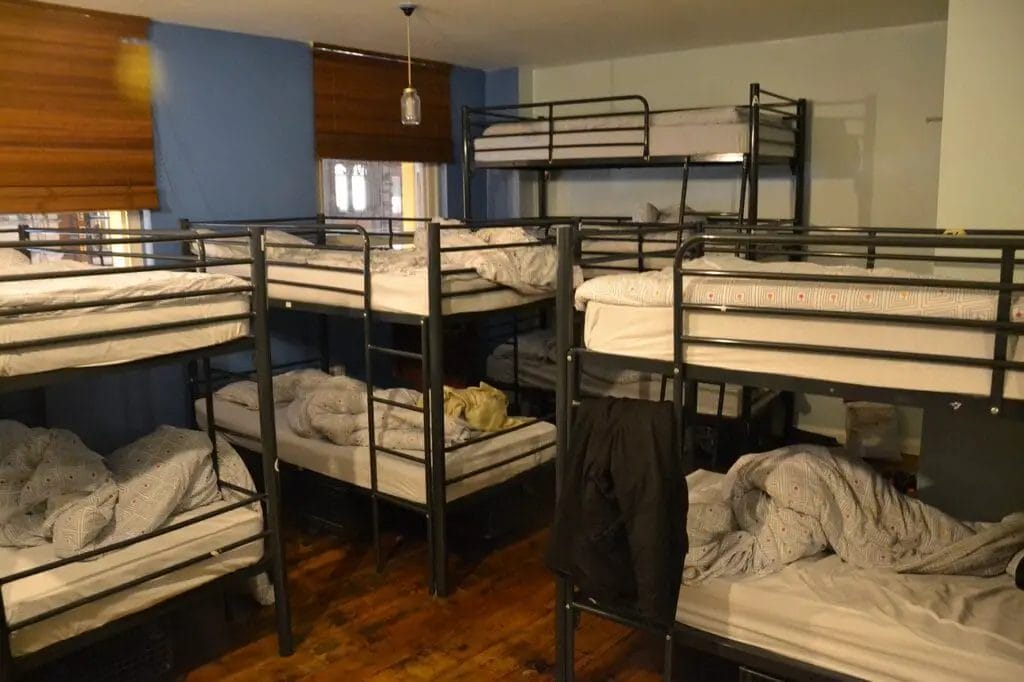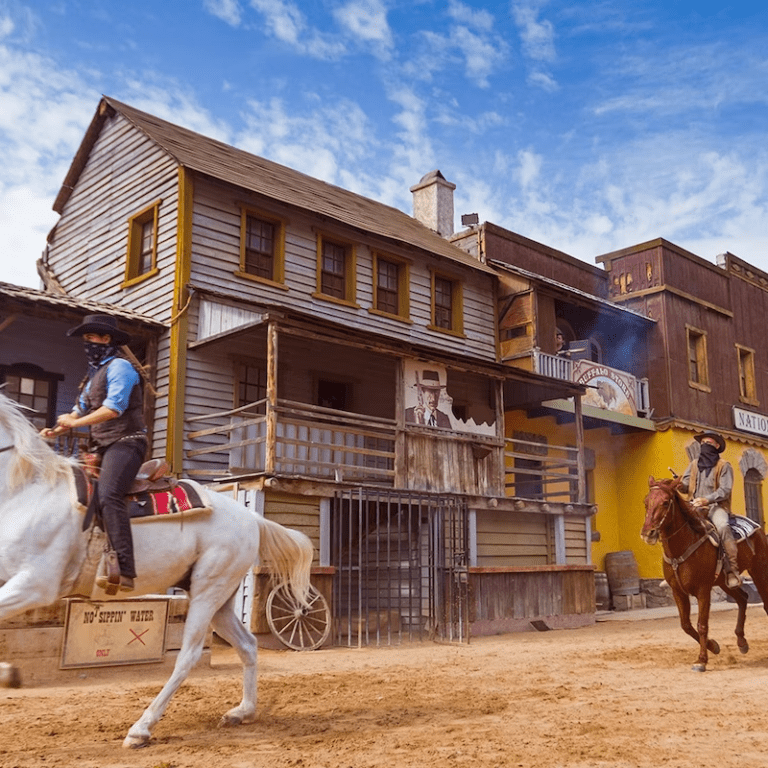top bunk vs bottom bunk : is top or bottom bunk better
In the never-ending debate of top vs bottom bunks, where do your loyalties lie? Are you a daring adventurer who prefers the thrilling heights of the top bunk? Or do you value the comfort and ease of the bottom bunk? Whichever side you’re on, get ready for the ultimate showdown.
This article delves into the pros and cons of both top and bottom bunks, leaving no mattress unturned. We’ll explore the thrill of climbing up to the top and gazing down on the world below, the excitement of having your own cozy hideout, and the satisfaction of claiming prime real estate in a hostel dormitory.
But we’ll also uncover the truth about potential head bumps and late-night ladder stumbles. We’ll address the concerns of claustrophobics and the practicality of keeping your belongings within arm’s reach.
Join us as we settle the score once and for all in the great top vs. bottom bunk debate. So, grab your sleeping bag, choose your side, and let’s embark on the ultimate sleepover adventure.
So without further waiting let us read is top or bottom bunk better

Pros and cons of Top bunks
Top bunks offer a unique sleeping experience that can be both thrilling and practical. Here are some pros and cons to consider:
Pros:
1. The thrill of being on top: Sleeping on the top bunk can give you a sense of adventure and excitement. It’s like having your private perch above the world, with a bird’s-eye view of your surroundings.
2. Privacy and cosiness: Being on the top bunk gives you a sense of privacy and seclusion. You can create your little haven, away from the distractions of the world below.
Nobody will be sitting on your bed when you are not around. Sometimes your bottom beds close to the door turn out to be a makeshift seating arrangement for wearing shoes and all in hostels which don’t have anything more than Bunk Beds and Lockers.
3. Claiming prime real estate: In shared sleeping spaces like hostels, the top bunks are often seen as more desirable. By choosing the top bunk, you can secure prime real estate and enjoy a bit more space and comfort.
4. No one of disturbing you in the middle of the night: Since you are staying at the top no one is disturbing you in the middle of the night by shaking the frame. Well on the contrary you are the one who will disturb other 😉
Cons:
1. Difficulty in climbing: Climbing up to the top bunk can be a challenge, especially for those with mobility issues or a fear of heights. It may require some acrobatics and coordination, which can be inconvenient, especially during nighttime bathroom visits.
2. Potential for head bumps: The top bunk comes with the risk of hitting your head on the ceiling or the upper bunk. This can be a painful experience, especially if you’re a restless sleeper or prone to tossing and turning during the night.
3. Limited headspace: Depending on the design of the bunk bed, the top bunk may have limited headspace, especially if there is a safety rail. This can be uncomfortable for taller individuals who may find themselves constantly bumping against the ceiling.
4. Sometimes you can feel cold:
Typically, air conditioning units are positioned on the ceiling of a room. This arrangement can sometimes lead to a cold night, depending on the specific room.
If you decide to turn off the unit, you may face the disapproval of the other occupants in the room. On the other hand, if you leave it on, you may find yourself dealing with icy feet in the morning, as well as the inconvenience of having to place your belongings on top of yourself in an attempt to keep warm.
Unfortunately, in certain hostels, adjusting the settings of the air conditioning unit may not be an option.
Additionally, it is worth noting that the unit itself may produce a considerable amount of noise. However, it should be noted that this issue is not exclusive to those sleeping on the top bunk.
5: Getting up at night is difficult
If you are not accustomed to bunkbeds, getting out of one in the dark can be quite risky, especially if you are under the influence of alcohol or experiencing a hangover. It is important to be cautious and avoid any potential falls.
Additionally, you may feel guilty for disturbing others in the room.
Pros and Cons of Bottom Bunks
Bottom bunks provide a more grounded sleeping experience that offers its own set of advantages and disadvantages. Let’s explore them:
Pros of Bottom Bunks:
1. Ease of access: Sleeping on the bottom bunk is convenient, especially for those who have difficulty climbing or prefer not to navigate a ladder. It offers easy access to and from the bed, making nighttime trips to the bathroom a breeze.
2. More headspace: Unlike the top bunk, the bottom bunk usually offers more headspace. This is particularly beneficial for taller individuals who appreciate the extra room and don’t want to risk hitting their heads.
3. No ladder concerns: With the bottom bunk, you don’t have to worry about climbing up and down a ladder. This can be a relief for those who are not comfortable with heights or concerned about potential accidents.
Cons of Bottom Bunks:
1. Lack of privacy: Sleeping on the bottom bunk means you may have less privacy compared to the top bunk. You’re closer to the ground and more exposed to the activities and conversations happening around you.
2. Limited storage options: Bottom bunks often lack the built-in storage compartments or shelves that top bunks may have. This can be a drawback if you like to keep your belongings within arm’s reach while you sleep.
3. Less desirable in shared spaces: In hostels or dormitories, bottom bunks are generally seen as less desirable. They are often the first to be claimed, leaving latecomers with no choice but to take the less coveted top bunk.
Tips for choosing the right bunk for your needs
When it comes to bunk beds, safety should always be a top priority. Here are some considerations for both top and bottom bunks:
Top Bunks Safety:
1. Use guardrails: Ensure that the top bunk has sturdy guardrails to prevent accidental falls during sleep. Make sure they are securely attached and at an appropriate height to keep sleepers safe.
2. Check for stability: Before climbing onto the top bunk, make sure the entire bunk bed is stable and properly assembled. Any loose or wobbly parts should be tightened or fixed before use.
3. Avoid hanging items: It’s important to refrain from hanging items from the top bunk, as they can become potential hazards. Keep the sleeping area clear of any objects that could accidentally fall and cause injury.
Bottom Bunks Safety:
1. Ensure proper mattress support: Check that the bottom bunk has a sturdy and well-supported mattress base. This will prevent sagging and ensure a comfortable and safe sleeping surface.
2. Mind the head clearance: If the bottom bunk has a low ceiling, ensure there is enough space between the mattress and the ceiling to prevent any head injuries.
3. Secure loose cords: If there are any electrical cords or cables near the bottom bunk, make sure they are properly secured and out of reach to prevent any accidents.
Conclusion: Deciding between top and bottom bunks
Since I am mostly travelling with my partner I tend to choose the pair of both top and bottom bunks together and I mostly prefer the top bunk over the bottom bunk and leave my partner to stay there.
So it is your personal preference all in all, but what do you think? which one do you choose when you are left with the choice let me know about the same. That was all from my side in helping you decide if the top or bottom bunk is better.
If you are still thinking about staying in Dorm or Private Hostel then you should read our other post.
FAQs:
Is the top bunk better or the bottom?
The preference for the top or bottom bunk in a bunk bed is subjective and depends on individual preferences. Some people may prefer the top bunk for the elevated position and feeling of being “up high,” while others may prefer the bottom bunk for easier access, more privacy, and feeling safer.
Get your Notion Travel Planner Template!
Embark on your next adventure with the Wanderlust Planner, the ultimate Notion Travel Planner Template. Organize your wanderlust-fueled dreams and turn them into unforgettable journeys. Whether you’re a seasoned globetrotter or a newbie explorer, this template has you covered.







